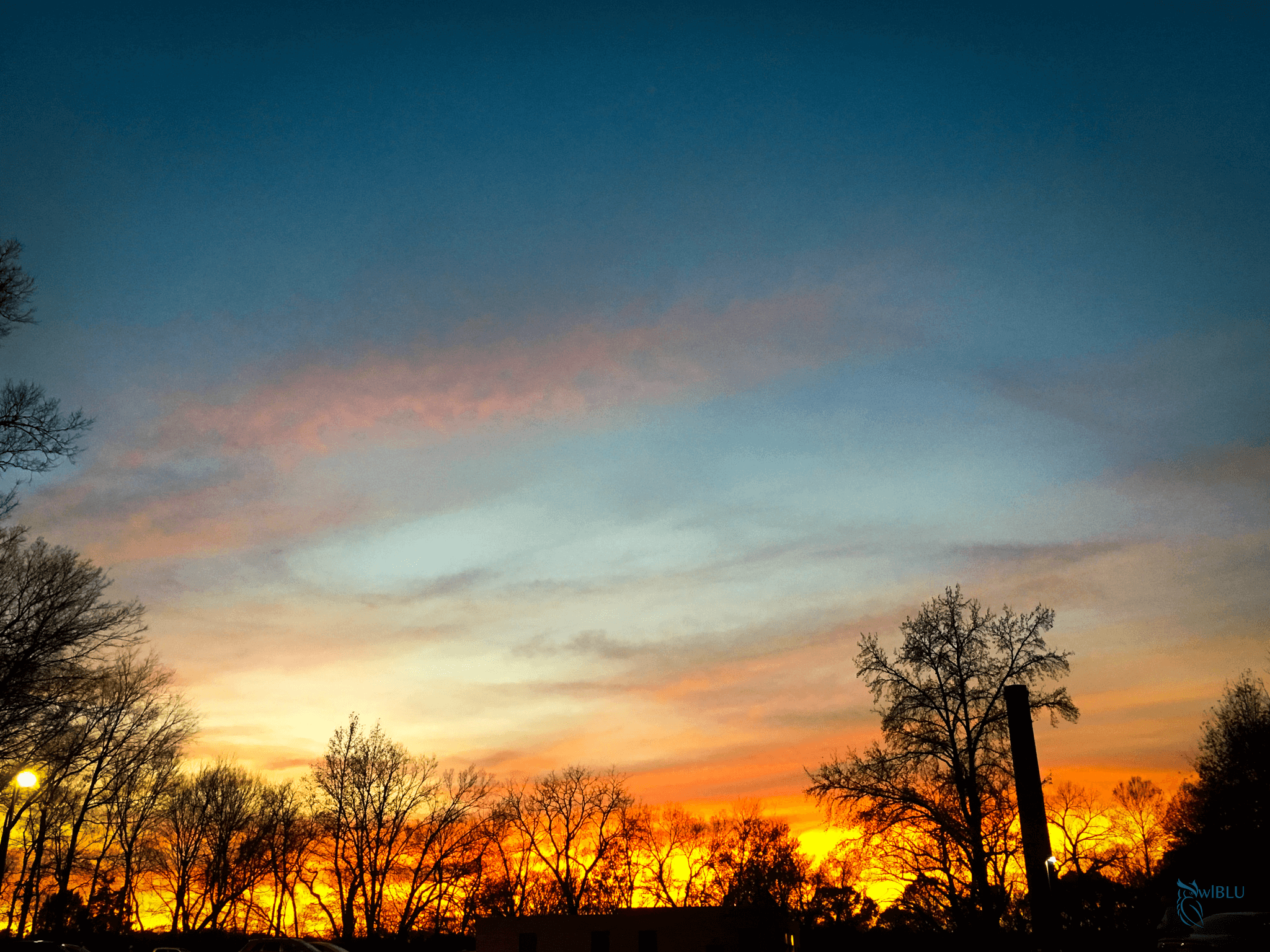
For many of us, the idea of walking to and from places can appear quaint, charming, romantic and old-fashioned. And while walking in our favorite park or neighborhood may be a choice; we are far more disposed to use our cars or public transit options to go places. Today, our urban culture and social landscapes have engineered walking out of existence, forcing us to drive everywhere for the basic necessities of life.
Our workplace, marketplace and neighborhoods have undergone major transformations, which has meant limiting our walking paths to specifically designated areas. Consequently, the ease, favorability, fascination, value and thrill that walking once had is now largely forgotten.
Few of us may relate to or even remember the captivating euphoria that surrounded the first walk on the moon by Neil Armstrong and Buzz Aldrin in the summer of 1969. In other words, for a society that undervalues walking and has forgotten how to walk, holding on to this kind of walking memory or feeling seems simply taken for granted.
Yet, more than romantic or nostalgic ruminations, the appeal to historic walks — like the first moonwalk — reminds us of something most basic in the human spirit, namely, our propensity to be a people of great imagination and mission. Since the dawn of time, the human spirit has sought to go beyond its immediate surroundings. Indeed, for millennia, a walk or pilgrimage has meant contemplating and reaching out to the stars.
As this historic recollection implies, our spacewalk involved more than two individuals walking on the surface of moon. In fact, it was the whole world celebrating and learning how to take the first steps with them. For one moment in history, all the people in the world seemed to be greatly united and inspired by the small moon steps that unfolded: the heavens were now really part of our terrestrial world.
While walking on the moon may not be in the stars for many of us, the connection or relationship between heaven and earth remains within our reach. Like the Magi in our Christian story, we are invited to walk along the path and are encouraged to follow the Northern star (Matthew 2:1-12), guiding us to the place and person where heaven and earth meet: “Do not seek your own interest, but rather that of others. Let what was seen in Christ Jesus be seen in you…You are a light among them, like the stars in the universe, holding to the Word of life (Philippians 2: 4-16).
Indeed, ours is a Christian walk and pilgrimage that has taken us far beyond our individualistic and self-centered interests to the place of deeper human encounter and community: “When it was evening, the disciples approached Him and said, ‘This is a deserted place and it is already late; dismiss the crowds so that they can go to the villages and buy food for themselves.’ Jesus said to them, ‘There is no need for them to go away; give them some food yourselves’” (Matthew 14: 13-21).
Like the disciples before us, we, too, have to learn, anew, how much of our earthly and heavenly walk involves intentionally emptying ourselves of all that that divides us in order to walk in the Spirit of Christ. Our world needs us to keep on walking with and for others. Let us not take our faith walk for granted, for only by walking closer to Jesus in solidarity with others can we ever hope for our walk to be memorable and capable of inspiring others to do the same.
F. Javier Orozco
First published August 14, 2020 in the St. Louis Review
